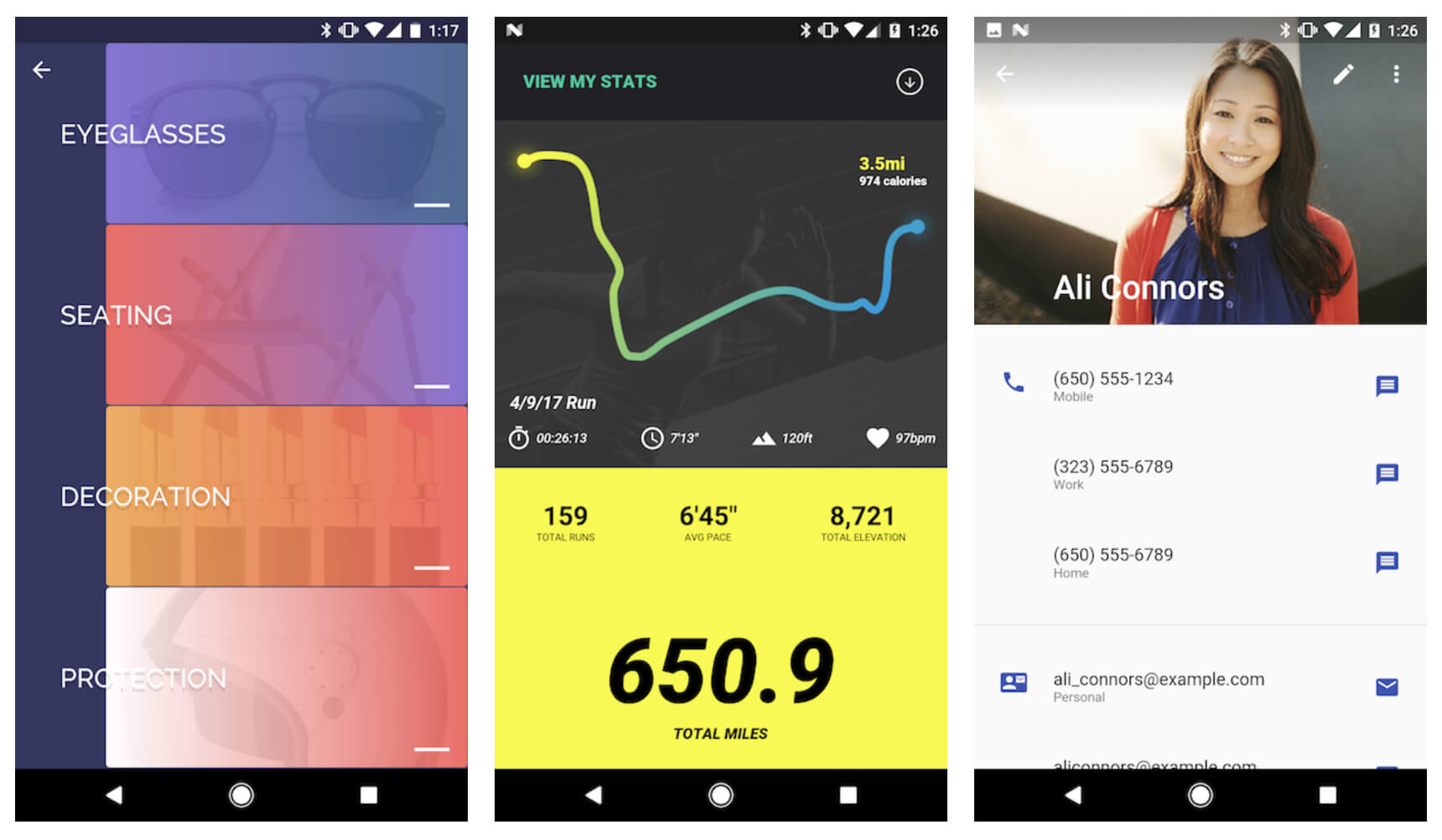Google is not showing a shiny new slab of glass with electronics inside at MWC, but it does have something else: new software. Flutter is the company's latest mobile framework meant to be used to build iOS and Android applications simultaneously.
New and professional developers may feel at home with the new toolkit. Speed and ease of use is everything for programmers when scouting out new tools to take advantage of. Flutter supports Android Studio and Visual Studio Code with a rich feature set out of the box. Over 1,000 packages such as SQLite, GraphQL, Facebook Connect, and many more work with Flutter already.
Flutter allows for rapid prototyping, but does not contain purpose built templates that could flood app stores. For those interested in seeing a fully functional app built with Flutter, Hamilton: The Musical is a good example. Flutter can take advantage of GPU accelerated rendering and optimized native ARM code runtime and platform interop. Accessibility features, right-to-left text, internationalization, and localization are all relatively easy to implement.
Native cross-platform support including iPhone X and other iOS 11 devices in addition to Android is a key aspect of Flutter.
Officially, Flutter is in beta but has been under development and used internally at Google for quite some time now. New beta builds are expected to arrive about once every four weeks. To follow the latest progress on Flutter development, visit Google's developer blog.
